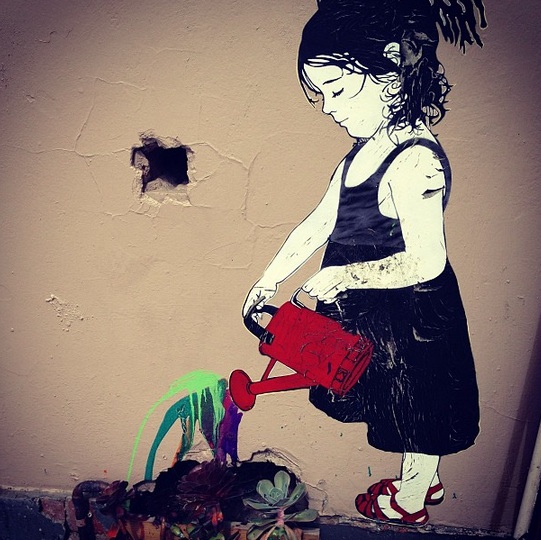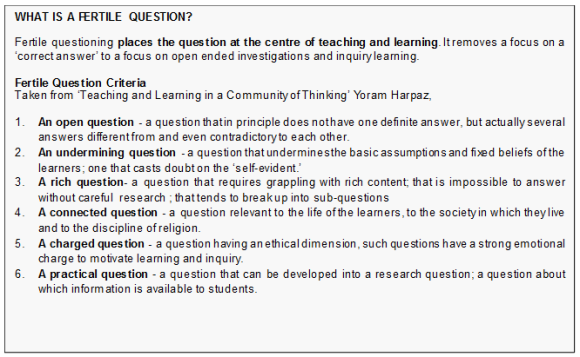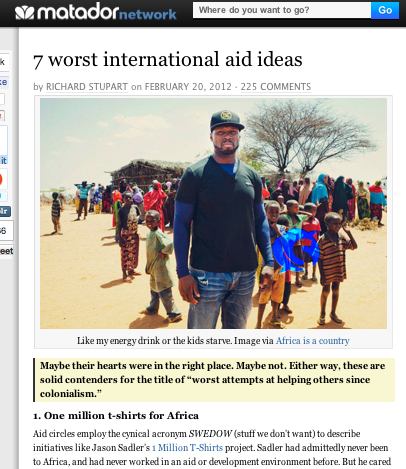
I recently visited a school whose refreshing teaching and learning model left me inspired and curious.
The core of their model is the trending ‘personalised learning’ method and ‘student choice’. All students from grade 2-6 work independently, basically all day, on a Personal Investigation.
Students in term 1, choose their topic- any topic to investigate. At the beginning of each week they are all given a task board, which outlines a task for Maths, Reading, Writing, and Research. Students work independently on their task board all week and have access to computers, library, personal devices, and materials for presentations, model making and artistic expressions of their work. The tasks need to be signed off by a teacher by the end of the week.
There are ‘no’ whole class teaching components or lessons. During work sessions, teachers Rove, taking detailed notes on students, helping with corrections and guidance and sitting with students as they work.
They run workshops on specific skills which they have identified from testing data. If a student showed a need for assistance in a particular skill from the test, for example, paraphrasing in English, or place value in maths, they will be put in a workshop for the skill, which they will need to attend when it is run. Workshops are scheduled throughout the week, with at least 3 a day.
Each classroom was buzzing with the sound and evidence of students working independently, and well, on their own investigation.
The students were lovely, respectful and I did not once have to struggle to keep anyone’s attention- which is very honestly, in this school and in the area in which it is located, astounding.
Every student I saw- and I saw every year level- was working hard, on task and interested in their work.
The teachers were all true advocates of the model, singing it’s praises in keeping students interested and doing away with the need to battle with short attention spans, and giving them freedom to truly target specific skills in specific students. Students produce what they are capable of, with room for students at both ends of the ability spectrum.
In addition, it is the first time I have seen the open spaces, open classrooms, team teaching situation work so well! The open space felt like it had a true function and the abilities of the teachers could be used more specifically with workshops and the time to rove and see students.
It certainly challenges the role of the teacher and the set up of the classroom and lesson structure that we are so familiar with. But it left me excited to see someone trying something new, with such positive evidence.
I wonder what this could mean for education if more schools adopted this approach.









